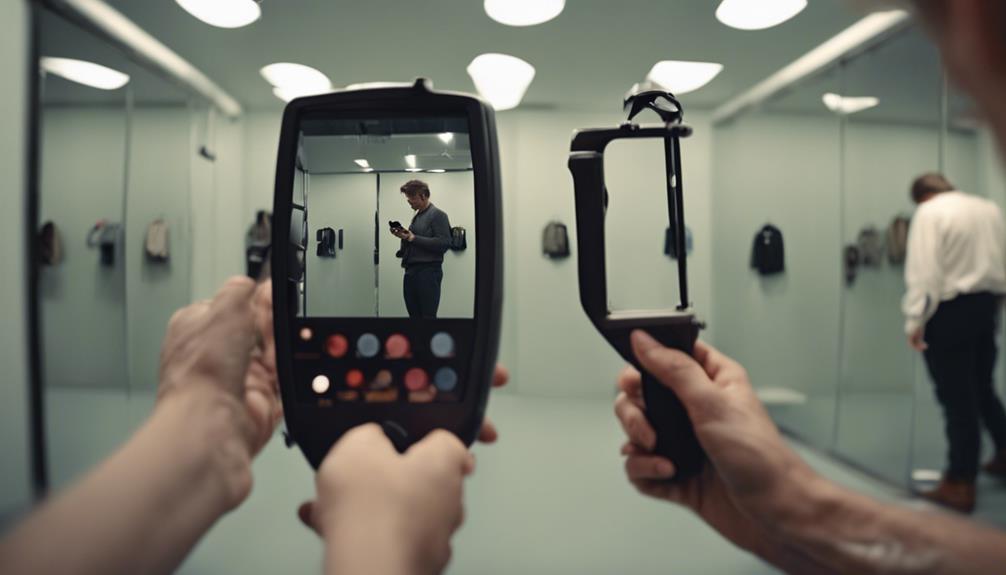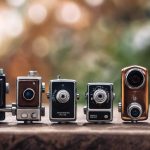To detect changing room spy cameras effectively, inspect thoroughly for any unusual items or hidden compartments. Look out for blinking or infrared lights that may indicate surveillance devices. Pay attention to common hiding spots like corners, behind doors, and vents. Consider using a hidden camera detector for enhanced detection in known hiding areas. Be cautious of mirrors, as they can also be used for covert surveillance. Remember, these strategies can help you guarantee your privacy and security in changing rooms.
Check for Suspicious Items
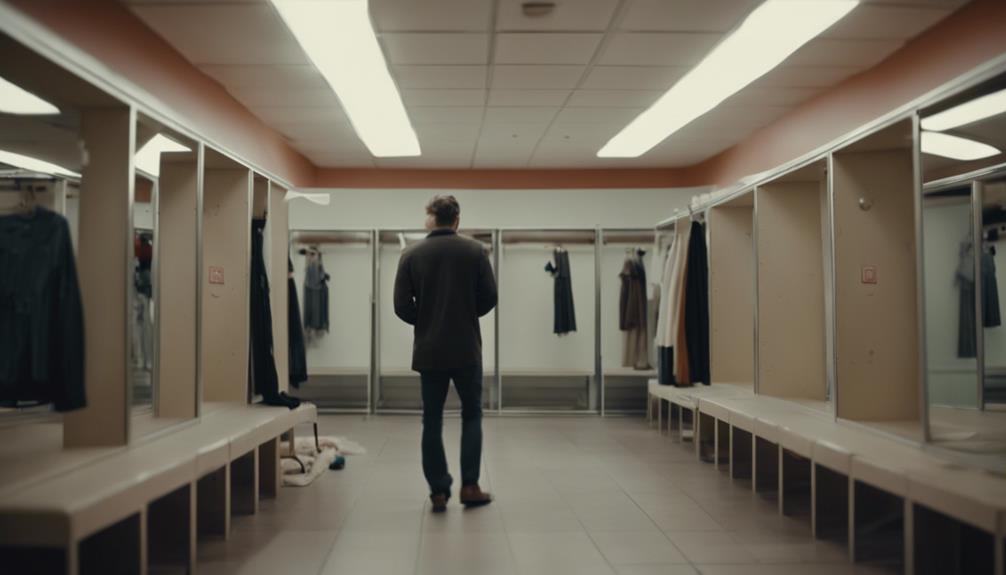
Inspect the changing room thoroughly for any objects that seem out of place or could potentially conceal a hidden camera. Begin by checking for hidden compartments within the room. Look for areas that seem unusual in their design or structure, such as false walls, fake vents, or oddly positioned mirrors. These could be potential hiding spots for spy cameras.
Additionally, examine any furniture or fixtures for hidden compartments that could house a concealed camera.
Next, focus on actively looking for disguised cameras. Spy cameras can be cleverly camouflaged to blend in with the surroundings. Pay close attention to objects like smoke detectors, air purifiers, or even wall clocks that may have tiny lenses hidden within them. Check for any small holes or irregularities that could indicate the presence of a camera lens.
Remember to inspect both high and low areas, as cameras can be placed at varying heights to capture different angles.
Look for Unusual Lights
Check for any important lights in the changing room that could potentially indicate the presence of hidden cameras. Light sources play a significant role in detecting hidden cameras, as these devices often have indicator lights to show they're in operation.
Start by turning off the main light in the changing room and letting your eyes adjust to the darkness. Look around for any small, blinking lights that shouldn't be there. Hidden cameras may have infrared lights that aren't visible to the naked eye but can be detected by a smartphone camera. Move your phone around the room and watch for any unusual behavior on the screen that could indicate hidden infrared lights.
Additionally, observe if any light fixtures or outlets seem out of place or have a clear line of sight to areas where a camera could be hidden. Cameras are often disguised as everyday objects, and their small lenses may reflect light differently from the surroundings. Be thorough in your inspection and trust your instincts if something seems off.
Inspect Common Hiding Spots
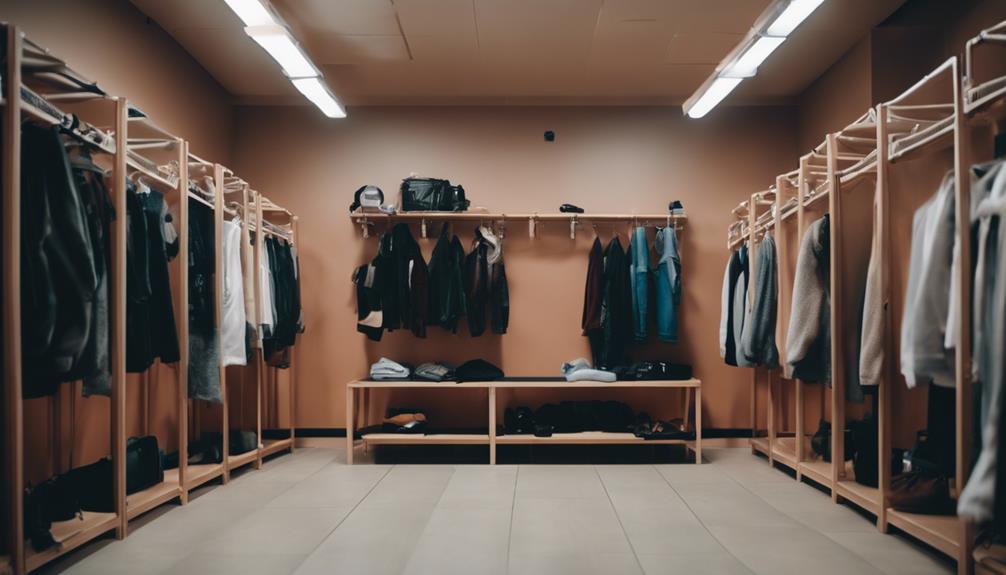
Look for potential hiding spots in changing rooms where spy cameras are commonly concealed. When inspecting changing rooms for hidden cameras, it's important to check corners thoroughly. Spy cameras are often discreetly placed in corners to capture unsuspecting victims.
Take a close look at all corners of the changing room, including those behind doors or partitions, as these are prime locations for spy cameras to be hidden.
Additionally, inspecting vents is essential in detecting hidden cameras. Vents provide an ideal hiding spot for spy cameras as they offer a vantage point with minimal obstruction.
Pay attention to any vents within the changing room, especially those positioned in a way that allows for a wide field of view. Use a flashlight to illuminate the inside of vents and look for any unusual objects that could potentially be a hidden camera.
Use a Hidden Camera Detector
To enhance your detection capabilities in uncovering hidden cameras within changing rooms, consider utilizing a hidden camera detector device. Hidden camera detectors are important tools for ensuring privacy protection and implementing robust security measures in potentially vulnerable spaces like changing rooms. These devices work by detecting the radio frequencies and lenses that hidden cameras emit, providing you with an added layer of security and peace of mind.
When using a hidden camera detector, it's essential to carefully sweep the entire changing room, focusing on areas where cameras could be discreetly hidden. Move the detector methodically across the room, paying close attention to any suspicious signals or indications of hidden cameras. Be sure to check commonly known hiding spots such as air vents, light fixtures, and electrical outlets.
Be Mindful of Mirrors
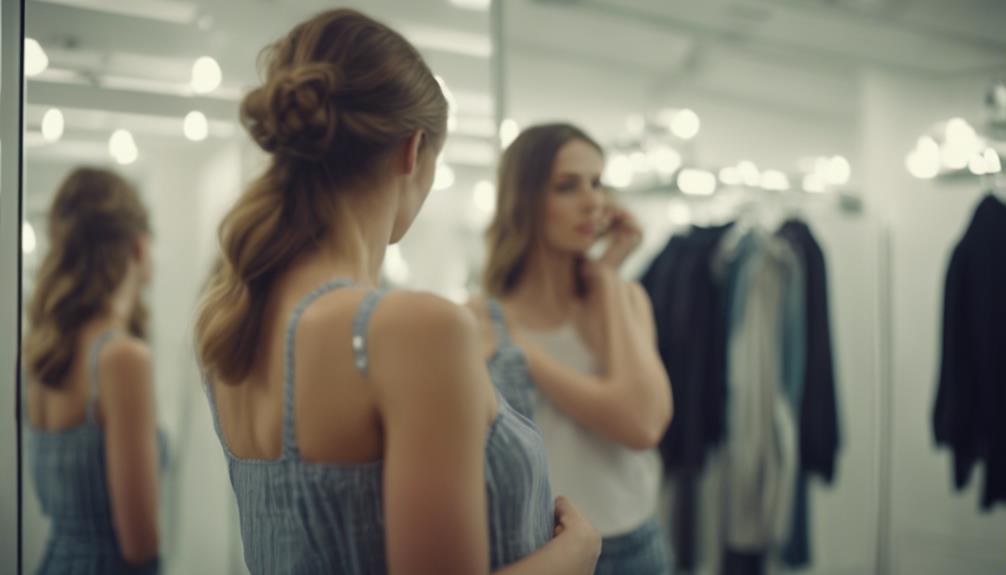
When conducting a sweep for hidden cameras in changing rooms, it's important to be vigilant of mirrors due to their potential use as covert surveillance devices. Mirrors, strategically placed at certain angles, can be utilized to reflect images of unsuspecting individuals in compromising positions. Hidden cameras can be concealed behind or within mirrors, allowing perpetrators to capture video footage without consent, leading to severe privacy concerns.
To counter this invasive threat, individuals should carefully inspect mirrors for any unusual irregularities or signs of tampering. Look for tiny pinholes or camera lenses that may be discreetly hidden within the mirror's frame or behind the reflective surface. Additionally, be wary of mirrors placed in peculiar locations within the changing room that seem unnecessary for regular use.
To enhance security measures, consider covering or removing mirrors temporarily during changing room visits if you suspect foul play. By staying observant and proactive in monitoring mirror angles and potential hidden cameras, you can better safeguard your privacy and personal security in public spaces.
Conclusion
To sum up, when entering a changing room, it's crucial to be vigilant and thorough in detecting hidden spy cameras.
By following the five ways outlined in this article – checking for suspicious items, looking for unusual lights, inspecting common hiding spots, using a hidden camera detector, and being mindful of mirrors – you can safeguard your privacy and safety.
Remember to always prioritize your security and take proactive measures to protect yourself in these vulnerable spaces.
